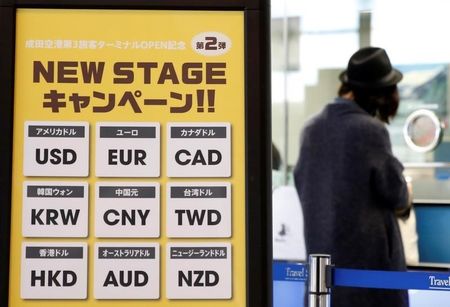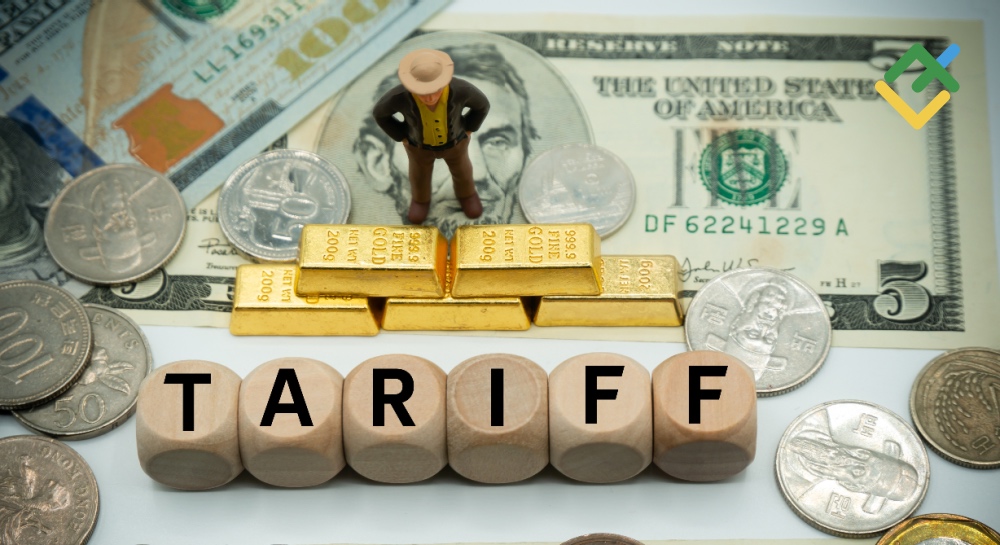
Investing.com — Barclays (LON:BARC) analysts in a note said shifting currency short positions from the euro and other European proxies to the Chinese yuan (CNY) and its associated currencies would be a better way to position amid growing likelihood of higher tariffs on China under the new U.S. administration.
While highlighting China’s vulnerability to tariffs, Barclays pointed out that despite these risks, the yuan and its proxies have held up well compared to other currencies, making it a short favourable.
The dollar’s rally last week was driven by geopolitical tensions, weak European economic data, and political instability in France.
However, Barclays noted that major European currencies such as the euro and British pound have significantly underperformed relative to yuan-linked moves, as have other G10 currencies like the Australian (AUD) and New Zealand dollars (NZD), and Scandinavian currencies like the Norwegian krone (NOK).
In emerging markets, China-sensitive currencies, including the South Korean won (KRW), Taiwanese dollar (TWD), and Thai baht (THB), have outperformed currencies in the Central and Eastern Europe region (CEE3), such as the Polish zloty (PLN) and Hungarian forint (HUF).
Latin American currencies like the Peruvian sol (PEN) and Chilean peso (CLP), which are heavily exposed to Chinese commodity demand, have also shown resilience.
“Not only is CNY much too stable for the size of trade risks facing the Chinese economy, but also the market does not appear to be positioned for these risks via the natural China proxies either, whether in G10 or EM,” wrote analyst.
The bank anticipates a potential decline in lagging currencies such as AUD, NZD, and NOK in G10 markets and KRW, TWD, and THB in emerging markets if Chinese tariffs materialize, adding pressure on these economies.
This post is originally published on INVESTING.



